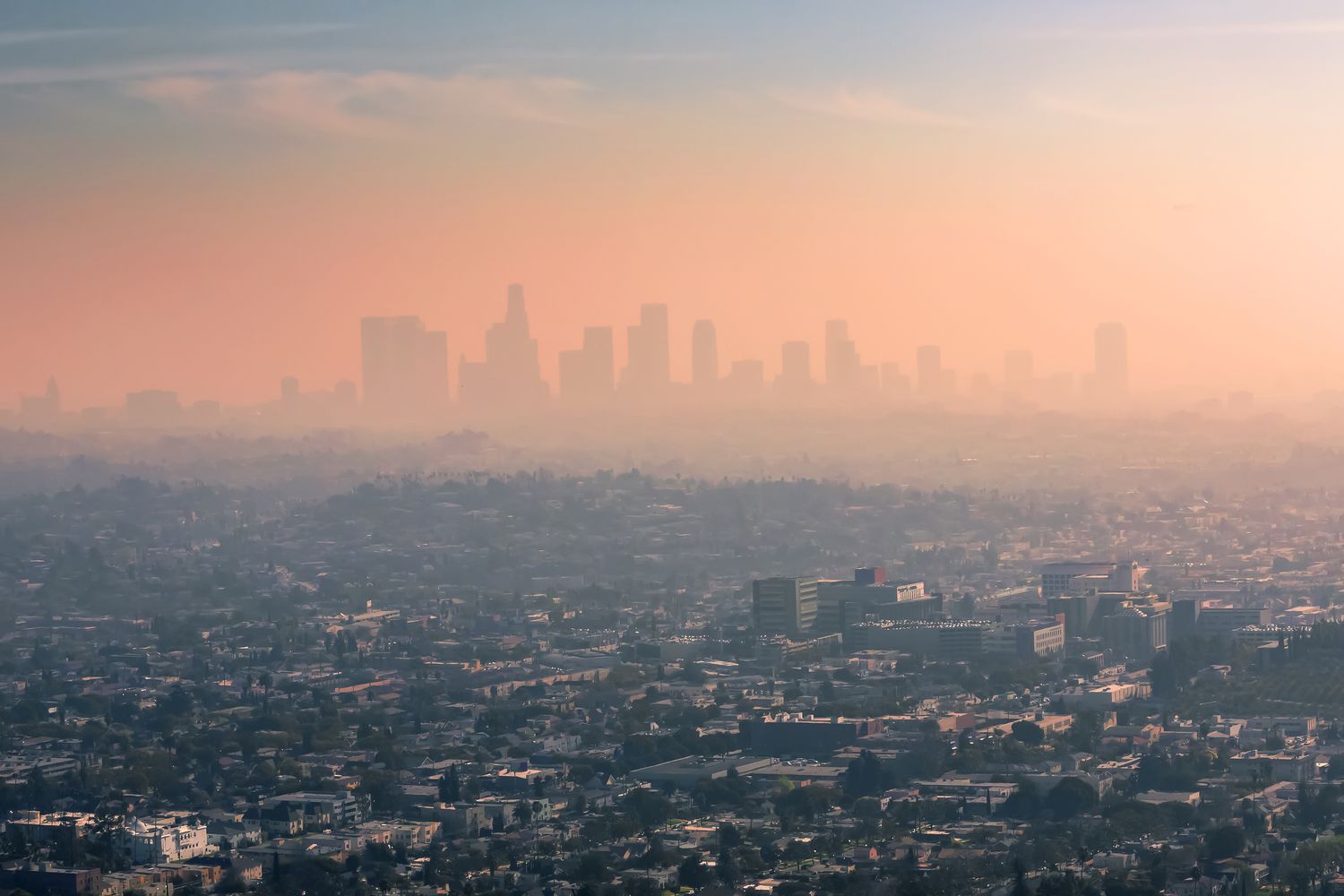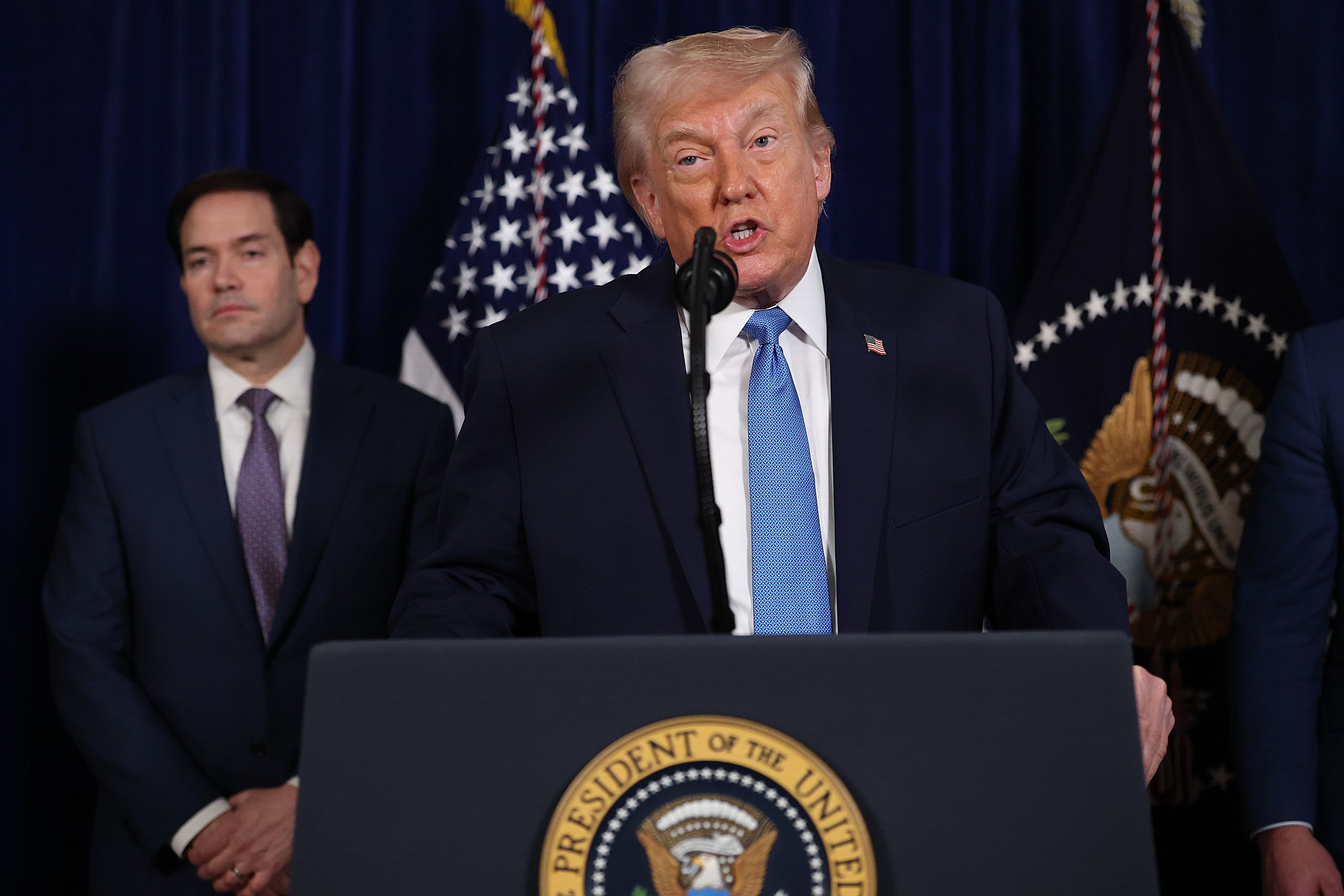New Report Reveals Over 130 Million Americans Exposed to Unhealthy Air

The American Lung Association (ALA) has released new data indicating that nearly 40% of individuals living in the United States are residing in areas with unhealthy air pollution levels.
The statistics imply that the health of approximately 131 million people is endangered by air pollution, a considerable increase of 11.7 million from the previous year.
The figures were obtained from the ALA’s yearly State of the Air Report which monitors variations in U.S. air pollution every year.
The report shed light on how particular populations bear a disproportionate brunt of air pollution in the U.S, with 63% of nearly 44 million individuals who inhabit the counties with the worst air quality being people of color.
The new ALA report's findings correspond closely with previous reports according to Katherine Pruitt, the senior director of Nationwide Clean Air Policy at the ALA and contributor to the new report.
“The trends we’re seeing are largely a continuation of patterns observed over the last few years,” she noted, but expressed alarm at the enduring health risks due to poor air quality which was unexpected years ago.
Principal among the factors worsening air pollution, according to Pruitt, is climate change.
Experts elucidate the reasons why climate change is complicating the battle against air pollution and the necessary steps to revert the current trends.
Attention was brought to the hazards of ozone pollution, often referred to as smog, and particle pollution, often called soot, within the report. “These are two of the most prevalent and hazardous pollutants regulated by the Clean Air Act,” stated Pruitt. The U.S. Environmental Protection Agency (EPA), which keeps track of air quality levels nationwide, compiled the data for the new report.
Distinguishing the types of pollution, Pruitt explained that ozone pollution is a chemical reaction that results from precursor pollutants majorly from motor vehicles and industrial factories under sunlight, while particle pollution comprises minute solid or liquid particles suspended in the atmosphere primarily from industrial factories, vehicle exhaust, or wildfires.
Both categories of pollution cause health problems such as throat irritation, coughing, and breathlessness among others, especially among individuals with underlying cardio-pulmonary conditions.
Pruitt further explained that particle pollution can cause damages to the lungs and other body parts since they can penetrate lung tissue, cross into the bloodstream and affect various body systems. Conversely, ozone pollution can lead to respiratory and cardiovascular issues and is likened to 'a sunburn in your lungs'.
This report listed the 10 counties in the U.S. with the worst ozone pollution levels and the 10 counties with the worst year-round particle pollution levels.
“Western states have been particularly affected in recent years due to wildfires and drought conditions,” remarked Dr. Parson.
The new report noted that roughly 69 million people of color reside in counties plagued with unhealthy levels of ozone and/or particle pollution.
According to Parson, various reasons account for the higher impact of air pollution on people of color in the U.S, but it generally leads to them having a disproportionate exposure and consequent health effects from air pollution.
Also, individuals with incomes below the federal poverty line bear a disproportionate burden of air pollution, with approximately 16 million of them living in areas with one unhealthy pollutant at least.
Persons at a greater risk of negative impacts from poor air quality include those with lung cancer, cardiovascular disease, pregnant women, individuals with chronic obstructive pulmonary disease (COPD), asthma patients, children under 18 years and adults 65 years and above.
Nevertheless, Pruitt commended the effectiveness of the Clean Air Act in reducing pollution from common sources like cars, smokestacks, and power plants, reflected in the decline of pollution according to recent statistics.
But there’s a notable exception that’s not getting better. “What hasn’t really changed is greenhouse gases,” said Pruitt, “and greenhouse gases are contributing to global climate change and starting to reverse the improvements [we were seeing].”
In terms of correcting air pollution trends, policymakers need to approach the problem from multiple angles. “This is a very complicated public policy question,” said Parsons. “Key steps would include stricter emissions standards, promotion of clean energy, increasing the use of public transportation, and global climate policy alignment.”
Individuals can do their part by taking public transportation or using electric cars if they are able, said Pruitt, but some people aren’t able to take either of these steps, and the future of our air quality will be dictated by policymakers’ decisions.




